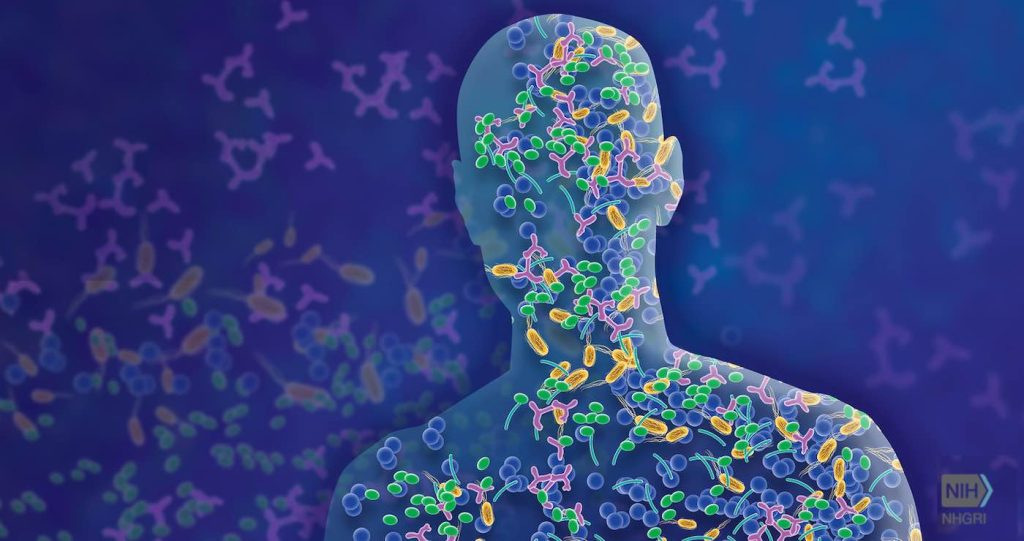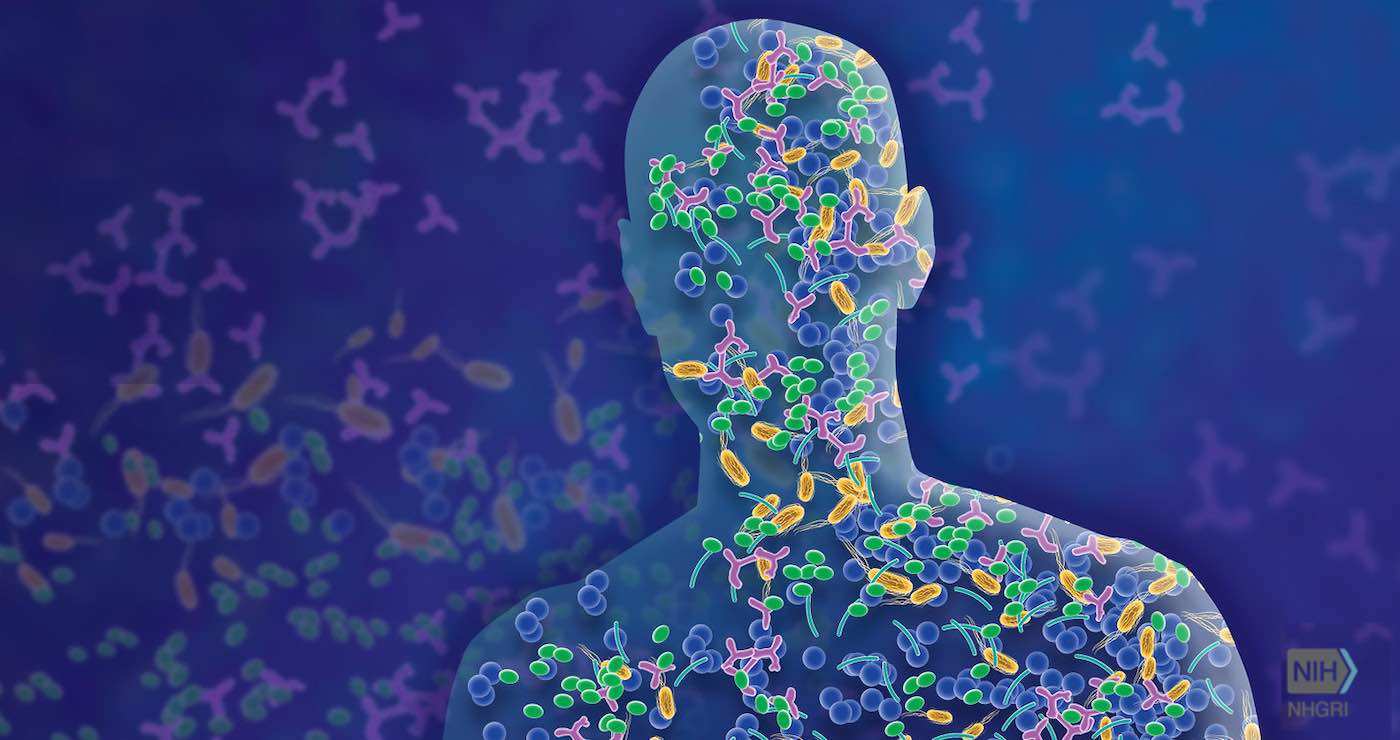
Experiments found microscopic organisms transplanted into mice stopped the progression of diabetes—and the technique could end the need for painful insulin injections for human patients in the future.
It involves engineering E.coli bacteria from stool samples, which also has the potential to treat a range of gut conditions— from obesity to irritable bowel syndrome.
Residing within the human gut are trillions of bacteria and other microorganisms that can impact a variety of chronic human ailments, including obesity, type 2 diabetes, atherosclerosis, and cancer.
Even in diseases that don’t involve the microbiome, gut microflora provide an important point of access that allows modification of many physiological systems—and their physical symptoms.
Such a dream has led to the development of live bacterial therapeutics (LBTs), engineering bacterial hosts to repair or restore healthy microbial function and diversity.
In the past, these attempts have focused on engineering common laboratory strains of E. coli, which cannot compete with the native gut bacteria already inside a living body.
Now, a team led by Professor Amir Zarrinpar, of the University of California–San Diego, collected E. coli from both human and mice gut microbiomes—and added a protein called BSH (bile salt hydrolase). It made them more robust, extending survival in the hostile gut environment long enough to treat disease.
RELATED: Trendy Type of Norwegian Cheese May Stave Off Bone Thinning, Shows New Study
“Bacteria in our body are adapted to each one of us specifically: the kind of foods we eat, the common stresses our body experiences or induces, and our genetic background,” explained Prof. Zarrinpar.
They have engineered these bacteria to become factories that can live in our microbiome and potentially produce medicines.
“We know E. coli can pick up pathogenic genes and cause disease, and now we are just realizing if we put a beneficial gene in, it can help us to treat chronic diseases, maybe even cure some of them,” said Zarrinpar, author of the August 4 paper in the journal Cell.
He likened BSH to a superhero: “We say to the bacteria: Hey, we will give you a new superpower, which you may not even benefit from, but we will put you right back into the environment that you thrive in.”
After a single treatment in mice, the E. coli were found throughout the entire gut, with activity retained for the entire lifetime of the host. It was able to positively influence diabetes progression in the rodents.
TRY THIS FOR OBESITY: How Self-Compassion Can Help People Achieve Weight Loss Goals Despite Setbacks–and Resume Dieting Faster
It is a significant improvement over similar treatments with non-native laboratory strains of engineered bacteria, where more than one treatment is often required. And they do not stay in the host’s gut for nearly as long as, or as consistently as, the native E. coli method identified by Prof. Zarrinpar and colleagues.
In addition to successfully influencing diabetes in mice, the group was also able to make a similar modification to E. coli extracted from human gut. Zarrinpar described the results as “substantial,” but there is more work to be done.
Engineering native bacteria comes with another set of challenges because they are very resistant to modifications; it is part of their innate defense mechanism. In the proof-of-concept study, the data suggested that inserting a gene into a native bacterium has about 100-fold lower success rate than doing so with lab strains. But the researchers are optimizing the process.
“There are many new genetic engineering tools available now that will allow us to engineer these bacteria more effectively,” Zarrinpar added.
MORE: Men Free of Prostate Cancer Had Guts Fortified By Microbes Found in Yogurt
The group is planning on using this technology to find ways to treat more diseases.
“This technology is something that can potentially open up the application of the microbiome therapy to influence so many different chronic and genetic diseases.”
“We are dreaming big.”
HAIL The Gut Breakthrough By Sharing it With Patients on Social Media…




















